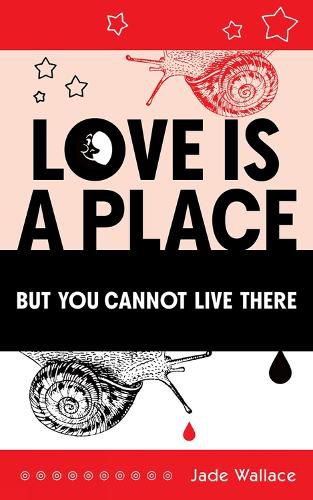Readings Newsletter
Become a Readings Member to make your shopping experience even easier.
Sign in or sign up for free!
You’re not far away from qualifying for FREE standard shipping within Australia
You’ve qualified for FREE standard shipping within Australia
The cart is loading…






Love Is A Place But You Cannot Live There is divided into 7 sections. The first 5 sections focalize particular geographical regions: Southern Ontario in The Southern Ontario Gothic Tour, North York in The Northern Edge of Everything, New York in Cynic’s Guidebook, New Brunswick in Vanishing Beach, and Antarctica in Signs in the Southern Hemisphere. Though each section tells a story of people moving through these places, the poems ultimately subvert the expected conventions of travel narrative, directing critical attention to the personae and roles of travellers and to the systems of power at work in each locale. This is a book deeply concerned with psychogeography, the ways that individuals and environments mutually shape one another. Psychgeography comes to the fore particularly in the final two sections of the book, Animals in Strange Houses and Genius Loci. In Animals in Strange Houses, animals, both human and not, must literally and figuratively reconstruct homes after being displaced by urbanization and ecological destruction. In the final section, Genius Loci, poems function as both portraits and place studies and reveal the deep intimacy between examinations of persons and places.
$9.00 standard shipping within Australia
FREE standard shipping within Australia for orders over $100.00
Express & International shipping calculated at checkout
Love Is A Place But You Cannot Live There is divided into 7 sections. The first 5 sections focalize particular geographical regions: Southern Ontario in The Southern Ontario Gothic Tour, North York in The Northern Edge of Everything, New York in Cynic’s Guidebook, New Brunswick in Vanishing Beach, and Antarctica in Signs in the Southern Hemisphere. Though each section tells a story of people moving through these places, the poems ultimately subvert the expected conventions of travel narrative, directing critical attention to the personae and roles of travellers and to the systems of power at work in each locale. This is a book deeply concerned with psychogeography, the ways that individuals and environments mutually shape one another. Psychgeography comes to the fore particularly in the final two sections of the book, Animals in Strange Houses and Genius Loci. In Animals in Strange Houses, animals, both human and not, must literally and figuratively reconstruct homes after being displaced by urbanization and ecological destruction. In the final section, Genius Loci, poems function as both portraits and place studies and reveal the deep intimacy between examinations of persons and places.